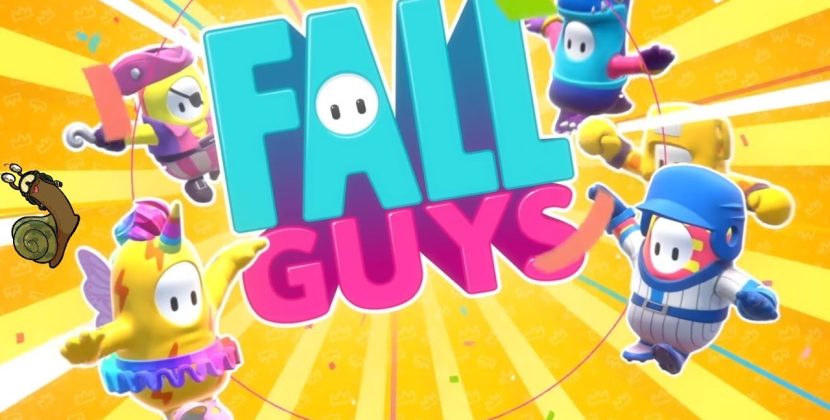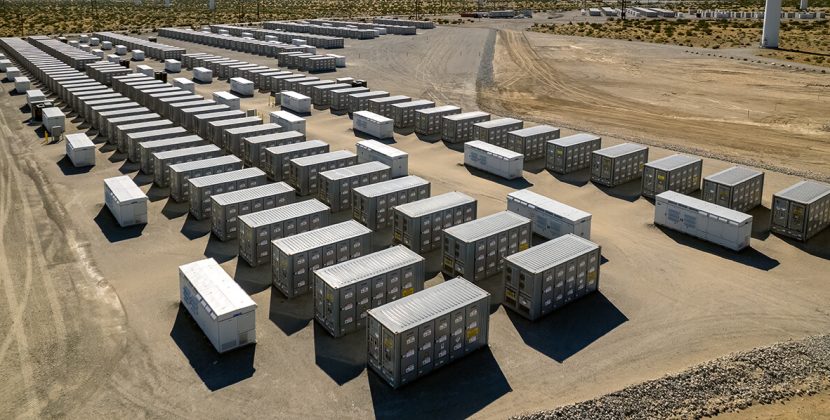
Bees are one of the most important insects in the world, responsible for pollinating over 75% of the world’s food crops. But have you ever wondered how honeybees make honey and what their journey looks like from pollination to production?
It all starts with pollination. Honeybees visit flowers to collect nectar and pollen, which they use to make honey and feed their young. As they move from flower to flower, they transfer pollen between plants, allowing for cross-pollination and fertilization. This is critical for the production of fruits, vegetables, and seeds.
Once the honeybees have collected enough nectar, they return to the hive and pass it to other worker bees. The bees then store the nectar in wax cells and use their wings to fan the nectar, which helps evaporate the excess water and thicken the nectar into honey.
During this process, the bees add enzymes to the nectar that break down the sugars and create gluconic acid and hydrogen peroxide, which give honey its antibacterial properties. The bees also add trace amounts of pollen, propolis, and beeswax, which contribute to the unique flavor and color of the honey.
Once the honey is ready, the bees seal the wax cells with more wax and store the honey for winter when there is less nectar available. In a healthy hive, honey production is a continuous process, with bees collecting nectar and making honey throughout the spring, summer, and fall.
However, honeybees face many threats, including habitat loss, disease, and pesticides. These threats can weaken the bees’ immune system and make them more susceptible to colony collapse disorder (CCD), a phenomenon where the majority of worker bees disappear, leaving behind the queen and a few nurse bees.
To help protect honeybees, there are several things that individuals can do. Planting native flowers and avoiding pesticides can provide bees with a safe place to forage and feed. Supporting local beekeepers by purchasing honey and other bee products can also help to maintain the health and vitality of local bee populations.
In conclusion, the journey of a honeybee from pollination to honey production is a remarkable feat that plays a crucial role in the ecosystem and the world’s food supply. However, the threats to bee populations are real, and it is important for individuals and communities to take action to protect these amazing creatures.










